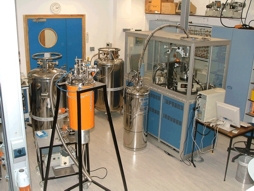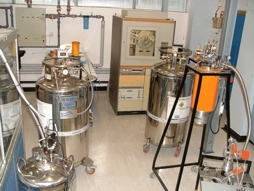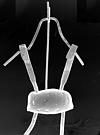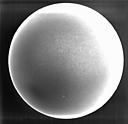|
| |
Support Staff - Martin Vickers - Materials and Inorganic Chemistry
Research InterestsThe picture, above, is an old one of me (after a long day), surrounded by models of polymorphs of TiO2. I am a Senior Research Associate for Inorganic Chemistry here in the department providing support for the department's X-ray instrumentation. I work closely with Dr Jeremy Cockcroft on wide applications of Powder X-Ray Diffraction (PXRD) and the development of PXRD equipment. This includes two Stoe StadiP transmission geometry systems, one with copper radiation, one with molybdenum. We have added a Cryojet to the copper for low temperature data collection while the molydenum source has a dedicated furnace (to 900°C) Stoe StadiP (Cu) and Siemens D500 in their natural environment:
We also have a Siemens D500 and Bruker D4 and D8 "Bragg-Brentano" (BB) reflection geometry diffractometers. Although both styles are valued very highly, if one clicks here one can understand why we might favour the transmission (Stoe) machine over the more conventional BB systems. Our SEM has long since died of old age, but I stll love the images we made while we had it:
Interests to date include drug polymorphism investigations to establish crystallographic purity and posible structure of a variety of common-use drugs. This includes dynamic temperature diffraction and also overlaps with Prof. Sally Price's group studying this phenomenan from the computational side. Past work has lead us into nanopartical studies and the first ever user-data collection from the new powder diffraction beam-line at the Diamond Light Source. As an analytical tool, powder diffraction necessarily leads to an eclectic mix of topics and materials for study. Past examples include the Roman Sevso Silver, cladding on telephone cables, asbestos removed from buildings, cow shed cleaners, human bone/urinary calculi composition and antient Egyptian bronzes. I shall include information about the other diffraction sets in the department in due course. Selected Publications. Seriously needs updating!
Refereed Articles
Web ArticlesTeaching
3001 M16 Powder X-ray Diffraction: 3rd year Taught Research
Practical.
This page last modified 6 November 2008 |
University College London |





